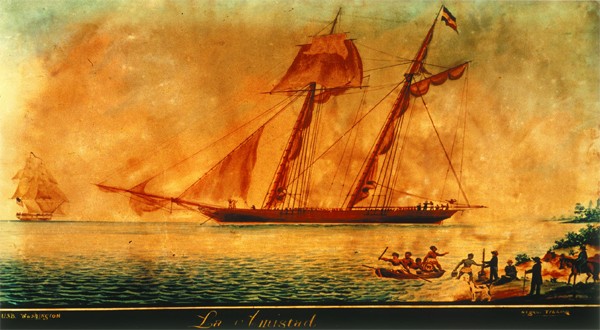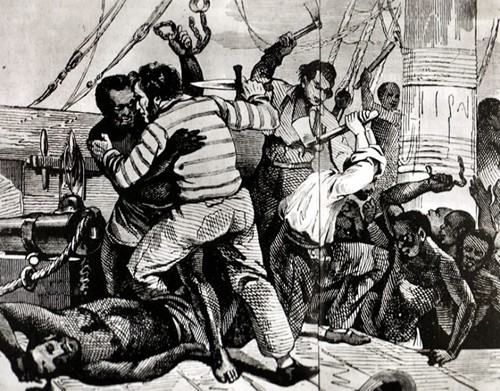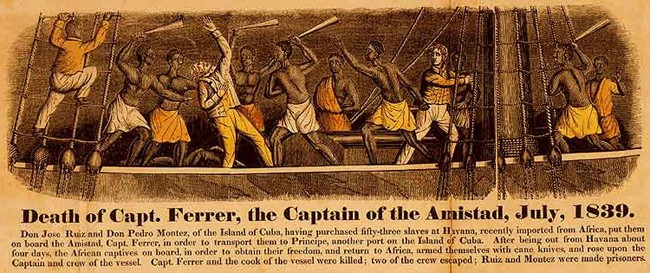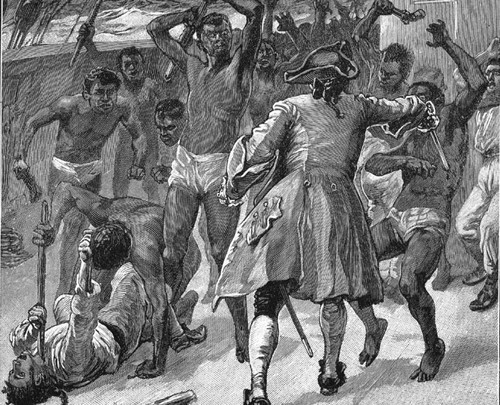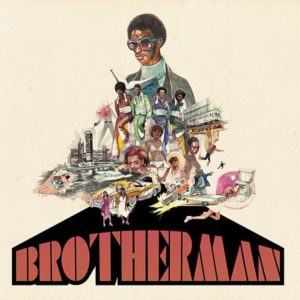Many people are familiar with the slave uprising on the Amistad, which transported the Mende people of Sierra Leone from Havana, Cuba. Africans took control of the ship in July 1839. However, most may not be as familiar with other slave revolts that took place, which are highlighted below.

The Creole
On Oct. 27, 1841, the vessel ship the Creole sailed from Richmond, Va., with 135 enslaved Africans, bound for New Orleans. On board was Madison Washington, who had escaped slavery to Canada in 1840 at age 25, but was later captured and sold when he returned to Virginia in search of his wife Susan. Unbeknown to Washington, Susan was among the captives on board the Creole. Susan had been considered the faithful servant of her mistress, and traveled to places like White Sulphur Springs and Norfolk on vacations. She was sold because her mistress believed she knew where Washington had escaped to and refused to reveal his whereabouts.
During the trip, at least 14 African men unshackled themselves in the forward hold of the ship. They waited for the right moment to take action, moving to the quarter deck, picking up weapons as they moved along. Officers and crew were quickly overcome in the surprise attack. Washington reportedly “plunged into [the fight] without any care for his own preservation or safety.” By one account, Washington and the men clubbed some of crew members to death and held the rest of the them captive. With loaded muskets, the Africans took command of the Creole with Washington as captain. He demanded that the ship be steered into British territory, which at the time had already abandoned slavery.
On the ship, enslaved women were kept in a different quarters than the men, so it was not until after Susan was set free from her shackles that she saw her husband aboard the Creole. The two reportedly ran to each other, tearfully hugging as they wept while their fellow-survivors cheered.
The Creole later arrived at Nassau, New Providence, where they were all set free by British authorities.
The Little George
In June 1730, Captain George Scott of the ship Little George sailed from the Guinea Coast en route to Rhode Island, with a cargo of some 96 captured Africans. Several days into the voyage, several African men slipped out of their irons and attacked the white crew. Using weapons seized on the ship, the Africans killed three of the watchmen who were on deck. Scott and his crew tried to fight back, but were subdued and forced into the cabin where they were imprisoned by the Africans. For several days the Africans controlled the ship and managed to sail it back to the Sierra Leone River, an estuary to the Atlantic Ocean. After making it to shore, the Africans left captain and crew and abandoned the ship.
Scott wrote of the incident: “I, George Scott, master of the sloop the Little George, belonging to Rhode Island; Sailed from the Bonnana Islands on the Coast of Guinea, the first of June 1730, having on board ninety six enslaved Africans. On the 6th of said Month at half an hour past four of the Clock in the Morning, being about 100 Leagues distant from the Land, the Men got out of their Irons, and making way thro’ the bulkhead of the Deck, killed the Watch [man] consisting of John Harris Doctor, Jonathan Ebens Cooper, and Thomas Ham Sailor; who were, thought, all asleep. I being then in my Cabin and hearing Noise upon Deck (they throwing the Watch overboard) took my Pistol directly, and fired up the Scuttle which was abaft, which made all the enslaved Africans that were loose run forwards except one or two Men who laid the Scuttle, and kept us down confin’d in the Cabin, and passing by Companion to view us”
New London Ship
In 1764, Capt. George Faggot, commander of a New London ship from Connecticut, and his crew suffered a deadly fate when trying to leave Senegal with captive Africans. According to a report, after the captain purchased the African captives at Goree Island in Dakar, an uprising followed a few hours later. As the ship was still docked into the night, the Africans managed to free themselves from chains and shackles, subsequently attacking the captain and his crew.
The Africans reportedly used large pieces of wood and other materials found on the ship and clubbed the captain and members of his crew to death. After the slaughtering of the white slavers, the Africans left the ship and disappeared into the night.
Amistad
Amistad, a Spanish slave ship, left Havana, Cuba for Puerto Principe, Cuba. The ship carried 53 Mende people (49 adults and 4 children), who had been captured from today’s Sierra Leone to be sold into slavery in Cuba. On July 2, Sengbe Pieh (later known in the United States as Joseph Cinqué) led the captives in a revolt against their captors. The Mende had been brought into Havana aboard the larger specialized vessel Tecora and were being taken to a smaller port closer to a sugar plantation. In the main hold below decks, the captives found a rusty file.
Freeing themselves, they quickly went up on deck and, armed with machete-like cane knives,successfully gained control of the ship. They killed the captain and other crew members. When they demanded to be returned home, the ship’s navigator, Don Pedro Montez, deceived them about their course and sailed the ship north along the North American coast to the eastern tip of Long Island, New York. Discovered by the Revenue Cutter USRC Washington, La Amistad was taken into custody. The Mende were interned at New Haven, Connecticut, while the courts settled their legal status and conflicting claims regarding La Amistad’s ownership.
Captain John Major
In 1732, Captain John Major of Portsmouth, N. H., while on the coast of Guinea, was killed along with all of his ship’s crew. According to sources, shortly after Major pulled away from the shore to head to the Americas with 100ths of enslaved Africans aboard the ship, he witness up to 50 of the Africans storm his cabin. The captured men on the ship had reportedly broken away from the chains just minutes into the trip. About time they made it to the captain they had already reportedly killed the rest of the crew with guns, axes, sword and other weapon they seized from the white men.
A person known only as Carroll, told of the successful slave insurrection aboard a New Hampshire vessel commanded by Captain John Majors, who he said “was treacherously Murdered, and his Vessel and Cargo seized upon by the Negroes.” The Africans stripped the vessel of its rigging and sails, freed the other Africans in the hold, seized both the schooner and its cargo and then abandoned the ship.
Source: http://slaverebellion.org/

